Decker Building (Andy Warhol's Silver Factory)
Introduction
Text-to-speech Audio
Images
The Bulding in 1894
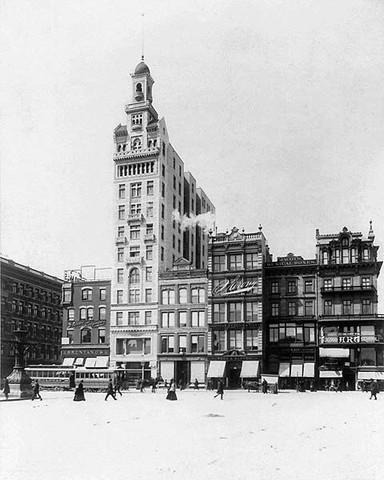
Andy Warhol's studio
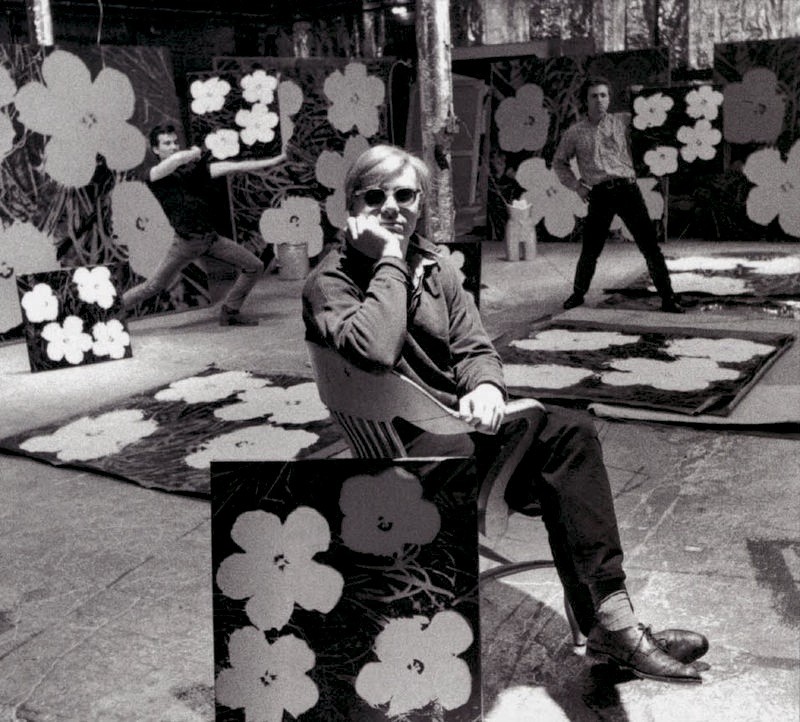
Warhol being lifted into an ambulance after being shot
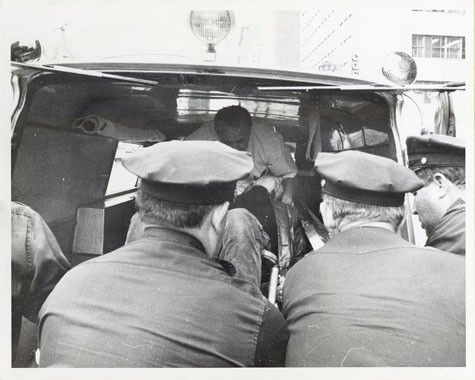
Front page news of the shooting
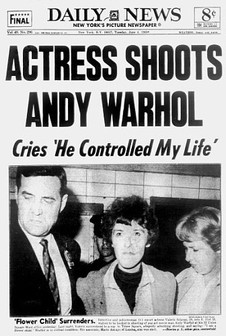
Warhol's gunshot scars
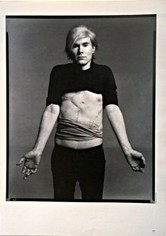
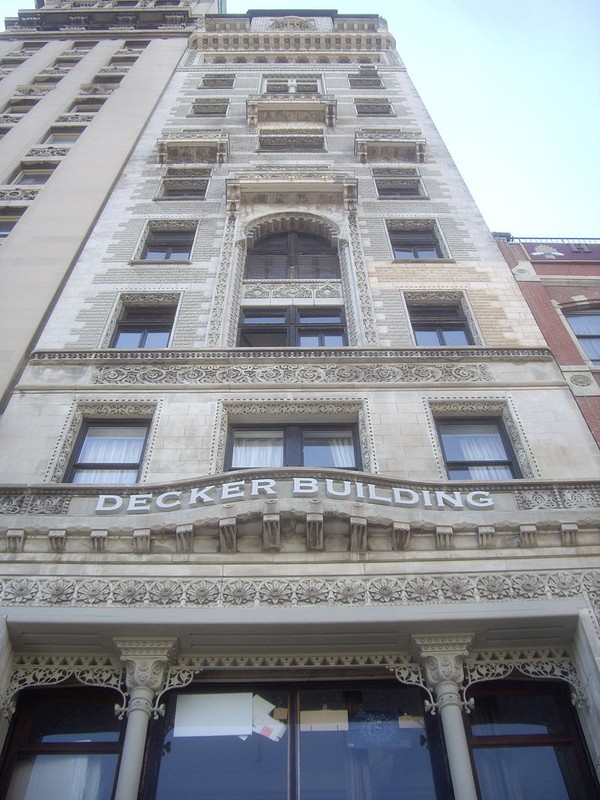
Backstory and Context
Text-to-speech Audio
Andy Warhol was born Andrew Warhola on August 6, 1928, and grew up in a small two-room apartment. He was the youngest of his three siblings and was known for his talent for drawing and love for Hollywood movies. When he was nine years old, Warhol got his first camera and spent much of his free time taking pictures and developing them in the family's basement. His mother, Andrej Warhola died in 1942, this same year Warhol entered into high school. Before Andrej’s death, she had saved money to pay for his college education.
Warhol attended the Carnegie Institute of Technology from 1945 to 1949, and graduated with a degree in Fine Arts. Warhol's original career goal was to become a commercial illustrator, and he worked on displays at Home’s department store while in college. During the 1950s, Warhol rose to become a successful illustrator. In 1962, his now-famous Campbell’s Soup Can series shook the art world. This led to new opportunities for Warhol, including the chance to produce paintings of cultural icons such as Marilyn Monroe, Elvis Presley, and Elizabeth Taylor.
Warhol's first major solo exhibition was held in the Decker Building in a rented studio with tin foil wrapping, silver paint, and silver balloons-decorations that led to the nickname "Silver Factory." Warhol spent much of his time in the studio, which became both a place of work and a place of inspiration. Warhol surrounded himself with a variety of artistically-oriented people that ranged from traditional artists, actors, and musicians, to socialites, drug addicts, drag queens, and radical theorists. Despite the opposition of the landlord, Warhol's factory became notorious for its raucous parties. Famous guests included Salvador Dalí and Bob Dylan. The Factory featured experimental art and music, but commercially successful bands such as the Velvet Underground among those who performed at the Factory.
In 1965, actress Edie Sedgwick became a regular at the Factory, and was often at Warhol’s side. Her association with the famous artist helped launch her career. Other aspiring actresses such as Valerie Solanas, hoped Warhol could do the same for her. Solanas asked Warhol to produce her play and gave him her script. She then accused him of losing or stealing the script and demanded compensation. In response, Warhol gave Solanas a job in one of his films. Solanas then found work as a writer for Olympia Press. Her contract required that anything she wrote would become the property of her employer, something she later believed was part of a plot by Warhol to conspire with her employer and steal her work. During one of her delusional fits of rage, Solanas stole a gun, went to the Factory, and fired three shots at Warhol. The final shot wounded Warhol, after which she also shot art critic Mario Amaya. Solanas would later turn herself into the police and plead guilty, and was diagnosed with paranoid schizophrenia. Solanas served a three-year prison sentenced and had treatment in a mental hospital.
